
Pay it forward today: Make eye contact and say “hello” or “Have a nice day!” to someone in your community that you don’t usually talk to.
I love that I live in a town where people say, “Hello!” as we pass each other. I can tell when I’m in the “Big City”… I try this, people often look at me as if I have two heads! It is sad that being unfriendly has become a norm in many places. This simple act makes people feel a part of the community – connected, and, nowadays, unless we are online, it is easy to feel lost in the world.
As an occasional teacher, I always try to greet the students at the door in the morning, offering each one of them a cheery, “Good Morning!” If I know the kids, I add their names. Sometimes, this simple gesture, on my part, can set the tone for our day together. I believe it shows I care, and that I am in their classroom for more than just a pay cheque. Even grumpy and sleepy students can’t help but mumble something back to me, “mumble Morning.” Ps. This also works on teachers, parents, secretaries, custodial staff and principals!
A smile is a frown:( upside down:) You just never know who’s day you can turn around by this simple act. Random acts of kindness, whether on the giving or receiving end, can bring more happiness than anything money can buy. It’s amazing to see the transformation on someone’s face when you do it. It is often difficult to scowl when someone genuinely grins at you, and says, “Hi, there!”
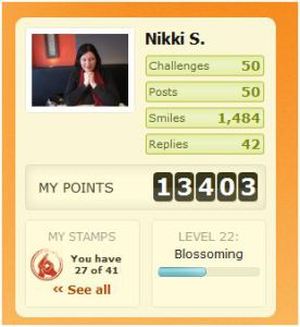

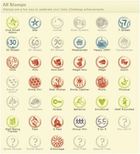
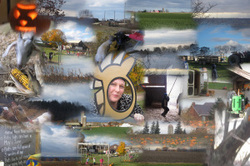



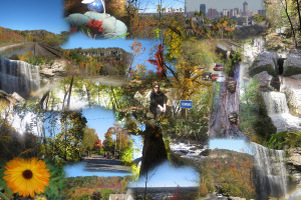
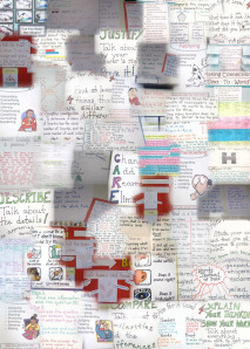
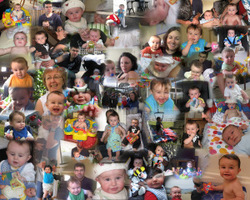





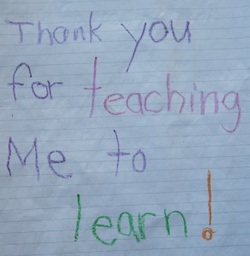
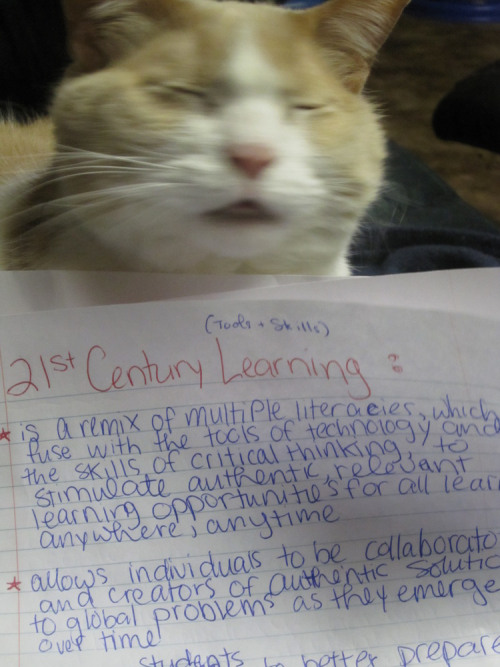

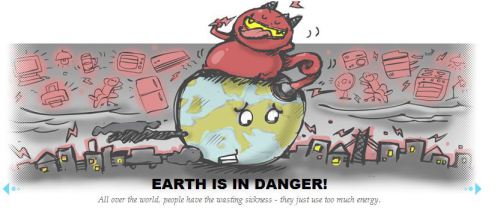
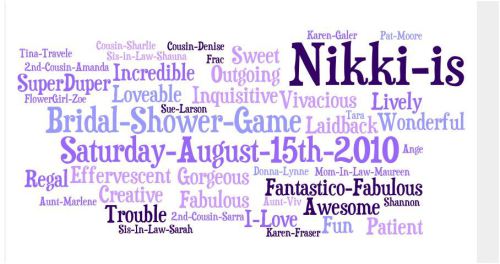
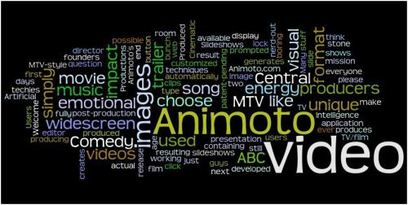
 RSS Feed
RSS Feed
